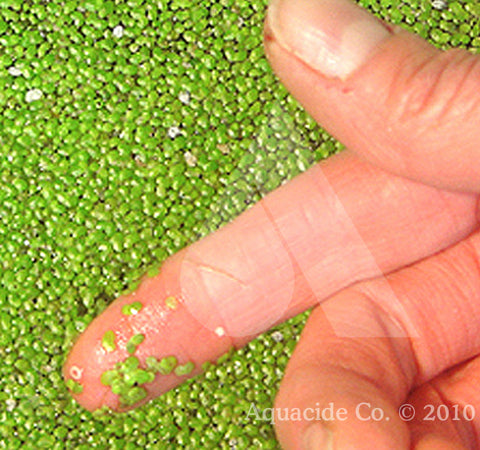
Duckweeds (water lenses) rank among the smallest plants in nature. The tiny green leaf is also called as “frond” and may be mistaken for algae. Excessive population growth of all the weed will reduce the oxygen level in a pond and can kill the fish and good algae. These plants fall under the family Lemnoideae. Duckweed is devoid of leaves and stems and has a very simple structure. Its population makes grow fast when there are a lot of nutrients present in the pond water. If there is organic matter available at the bottom of the plant in the form of plant matter and leaves buildup), the material decomposes and forms the nutrients. Agricultural runoff, availability of fertilizers, visiting animals and birds, leaking tanks and other similar conditions will promote the growth of duckweed population. When you want to control the infestation and check the growing population of duckweed in a pond, here are some useful methods available.
Aeration
Aeration will keep the pond water in motion and therefore duckweed population will not be able to establish itself and grow further. It is a cheap method for duckweed control.
Reducing the Availability of Nutrients in Water
Duckweeds, like all other plants, require nutrients to grow. Excessive nutrients may be available in pond water, which will facilitate the weed population. You can fence the pond area by trees or plantation so that the runoff biological material and fertilizers do not come to pond water. Chemicals like Alum can be used to the balanced composition and restore the quality of pond water as well. Livestock and animals should not be allowed to visit the pond.
Manual Methods of Duckweed Control
Because accumulated leaves will decompose and form nutrients for weed growth, you should prevent them from entering into the pond. A good amount of leaves may fall on the pond during the autumn. Hence you need to use the netting or any other kind of method or material to avoid leaf accumulation. Duckweed can also be removed manually. Start your effort on a windy day when the weed gets accumulated on the sides and edges of the pond. You can use the swimming pool nets for the purpose. Manual methods (including skimming and raking) will also reduce the duckweed population.
Biological Control
Fish like goldfish and grass carp are natural predators that will feed on the duckweed population and reduce it at a fast rate. This method can be a great preventive way for duckweed control and can be used when the population is at a low level.
Chemical Control
Chemicals should only be used as the last resort when you want to control the weed population. Some of the most popular herbicides used for killing duckweed include Sonar and WipeOut. The herbicides have to be applied one single time and will kill all other weds as well, along with the duckweed. Other herbicides including Ultra Power Weed Defense are broad-spectrum herbicides, which may kill the weed very fast. But you may have to use the herbicide multiple times.
When using chemicals for lake weed control, you should pay attention to the instructions provided on the herbicide pack and label. Do not use the chemicals excessively but only in correct doses for proper duckweed control. Always adopt a proactive approach towards cleaning the weed and undesired algae. The right treatment will depend on the pond size, your location, and other aspects. For the best approach and result, you can approach a leading expert pond management service.
Read what our customers have to say about our products:
Review for Fluridone Liquid
“A good product; always works"
- Doris S.
